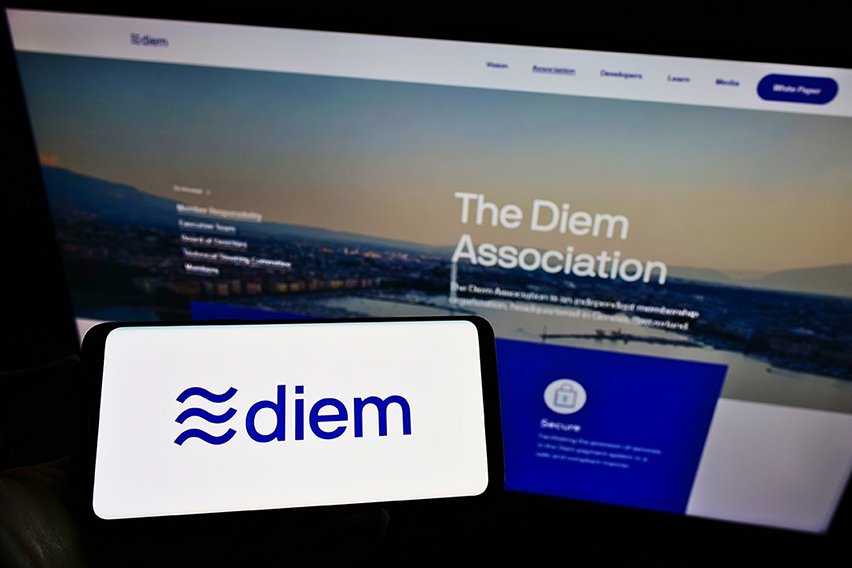Activity-Based Costing (ABC): Definition, Example & Process

Accurate pricing of goods and services is one of the most difficult things business owners need to tackle. Each product or service needs the ‘just right’ price. One that’s going to attract customers because it realistically reflects value and isn’t overpriced. While simultaneously making you a good profit margin.
This isn’t easy.
You have to take so many different factors into account; where you sit in the market, what your competitors are doing and maximising profit margin without deterring customers – to name but a few.
Another tricky element is accounting for all those indirect costs and overheads, like utilities and staff. Some companies decide to use Activity-Based Costing to include a truer picture of where this type of spending is really going. It’s a proportional look at how much of these operational costs are attributable to each product or service, as well as their direct costs of production.
This type of accounting formula is mostly used in manufacturing industries, where it’s easier to assign precise production costs to each product. And you need to judge if it’s right for your business. Will it help you with your pricing strategy or not?
Let’s find out…
Here’s What We’ll Cover:
Definition of Activity-Based Costing
Step-by-Step Process for the Activity-Based Costing Method
Example of Activity-Based Costing
Benefits of Using Activity-Based Costing
Disadvantages of Using Activity-Based Costing
Should I Use Activity-Based Costing?
Definition of Activity-Based Costing
Activity-Based Costing is a method of assigning indirect and overhead costs to each of your products or services – giving you a better idea of their actual costs.
This is different to traditional time-driven activity-based costing, which assigns a more generalised percentage of these costs to a broader production measurable, like a run of a product or financial quarter. Here’s a more detailed look at the alternative costing formulas. The different calculations often give very different gross margin and cost of goods sold figures.
Back to Activity-Based Costing (ABC). Let’s define all the individual terms you need to understand the ABC accounting method.

- Overheads and indirect costs: admin, finance, distribution, utilities
- Activities – things that must be done to produce the product. This can be a job, event or set of work that has a specific objective and consumes resources.
- Activity Cost Pool – aggregate of all the fixed and variable individual costs connected to a business task. Categorisation of the different activities. E.g.: Machine set-up, maintenance, purchase-ordering, invoicing. Work out the overheads that apply to each cost pool.
- Cost driver – activities that drive, or cause, costs. If this doesn’t happen, then cost isn’t incurred. Also, the measuring device.
- Cost driver rate – A calculation: cost pool total / cost driver. This tells you the amount of indirect and overhead costs that relate to that particular activity.
Examples of an Activity Cost Pool and Related Examples of Cost Drivers
- Administration of purchase-orders to suppliers: number of orders sent
- Machine set up: number of machine setups needed
- Order processing: number of invoices sent
- Customer Service: number of customers given assistance
- Health and Safety Inspections: number of inspections completed
Remember that one cost pool can have more than one cost driver.
A useful broad perspective on this is – activities consume resources (and might be called ‘cost objects’ by your accountant); products, customers and manufacturing channels consume activities.
For each product, you’re working out how much its activity consumption costs.
Step-by-Step Process for the Activity-Based Costing Method
You want to action the ABC formula:
(Overhead for cost pool / cost drivers) X Amount of Activity Cost Driver
Here’s how, in 6 steps.
- List all the activities that you need to spend money on to create your product.
- Group these activities into cost pools, like the examples above
- Work out the total overhead for each cost pool
- Decide which cost drivers apply to each cost pool (eg hours, number of items processed)
- Divide the total overhead for each cost pool by the appropriate cost driver(s), this is your cost driver rate.
- Multiply the number of activity cost drivers by this cost driver rate to get the overhead cost for a particular product.
Example of Activity-Based Costing
For example, you’ve set up 5,000 machines, with an overhead of £11,000.
Overhead = £11,000
Cost driver = 5,000
Cost driver rate = cost pool overhead / cost driver
Your cost driver rate = 11,000 / 5,000 = 2.2
300 of these new machines are for your new product, and you want to factor this into working out the overall cost of production to predict if it will be profitable.
Overhead costs for new product = Activity cost drivers X cost driver rate
OVerhead costs for new product = 300 X 2.2 = 660
Overhead costs for new product = £660
Benefits of Using Activity-Based Costing
The overarching benefit to this costing method is to get a clearer and more detailed financial picture of your production costs. When you dig into it, you can use this to improve your business in several ways.
Overhead Costs
This method shows you exactly where all overhead costs are being spent and what is causing them. As a business owner, you have the opportunity to analyse all of these specific costs and their drivers to see if efficiencies can be made.
Perhaps the ABC approach will flag up some interesting information about your overheads and lead to questions like: ‘Why is our electricity bill so high?’ Maybe your offices are poorly insulated and the heating costs soar in the winter months. The conversation then becomes about which is better for your business – move to a more energy efficient building, or invest in better insulation.
Quite the journey from applying one accounting method to your product costs. But one that can save you a lot of money over time. And on an issue that otherwise might never come into the forefront.
Business Budgeting
You now have a precise idea of your costs, which obviously leads to a more exact budget and clearer business planning. You can see where your money is being spent and which products are going to make you the most profit. You can compare the true cost of making different products, see if they’re bringing in enough profit and take action accordingly.
Process improvement
Many companies discover process improvements that can be made after analysing their ABC figures. Most shop floor procedures can be redesigned to increase efficiency or reduce costs.
For example, the cost of individual customers can be calculated by using the ABC method. Not just product costs, but the indirect costs of processing returns, marketing agreements and high customer service requirements. Just by automating part of the returns process could hugely improve this process and reduce the associated overheads.
Pricing
Back to where we started, with the never-ending balancing act of pricing your products. With ABC, you get your product cost analysis – crucially – including the indirect and overhead costs that other strategies don’t encompass. This may mean that you need to increase your prices in order to maintain an acceptable profit margin.

Disadvantages of Using Activity-Based Costing
Complexity
Compared to traditional costing methods, the ABC system of cost accounting is much more complicated. No more general overhead costs and activities – you have to be specific.
How many staff hours are spent on that product’s order forms?
What proportion of the electricity bill is needed to power that activity?
You need a member of staff with the knowledge and time to collect and collate this amount of data. And to make it sustainable and repeatable, you need to implement an efficient system throughout your company. Many SMEs find that the cost of putting this in place outweighs the ROI of this accounting system. And that’s even FreshBooks clients that have all the cost information they need right there, a couple of clicks away.
Accuracy
And ABC, although complex, can’t be 100% accurate. No method of costing comes with a 100% guarantee. They’re usually based on at least some partly-estimated figures. For example, apportioning utilities costs to particular activities is an educated guess, not a ‘to the penny’ calculation.
Should I Use Activity-Based Costing?
You need to consider the best accounting method of costing for your business. Remember, this ABC formula is most commonly used in manufacturing, where individual products are more easily costed. If you’re a service provider, this may not be right for you. Discuss it with your accountant and see what their advice is.
Perhaps this isn’t something you want to adopt forever, but you are interested in analysing your overheads and indirect costs and how they’re reflected in your pricing.
Another thing to bear in mind is that applying this formula becomes more complicated when a company is more complex.
For example, you’re a baker. Your competitor just makes cookies. You make cookies, whole cakes, loaf cakes, cupcakes and special occasion cakes. You’ll need to invest a lot more time into your ABC strategy implementation than your competitor. Because you’ve a lot more products to apply it to. You want to see if loaf cakes and cupcakes are equally profitable, given that the former takes double the time in the oven. When you add in that extra energy used, does it eat away the profit to a significant extent? But you also want to see which flavours are the most profitable – the only thing your competitor’s looking at.
As a more complex business, you get more benefit from applying Activity-Based Costing methodology, but will it be worth the time investment?
You need to apply this logic to your business to see if Activity-Based Costing is the best accounting method for you. There are other types of cost accounting that may be more appropriate.
RELATED ARTICLES

 Cost-Benefit Analysis: An Extensive Guide
Cost-Benefit Analysis: An Extensive Guide What Is Asset Management? Definition & Importance
What Is Asset Management? Definition & Importance WACC Formula, Calculations & Definition
WACC Formula, Calculations & Definition How to Cancel a Direct Debit: Everything You Need To Know
How to Cancel a Direct Debit: Everything You Need To Know What Is Debt-to-Equity-Ratio & How to Calculate It?
What Is Debt-to-Equity-Ratio & How to Calculate It? What Is Per Diem? Everything You Need to Know
What Is Per Diem? Everything You Need to Know